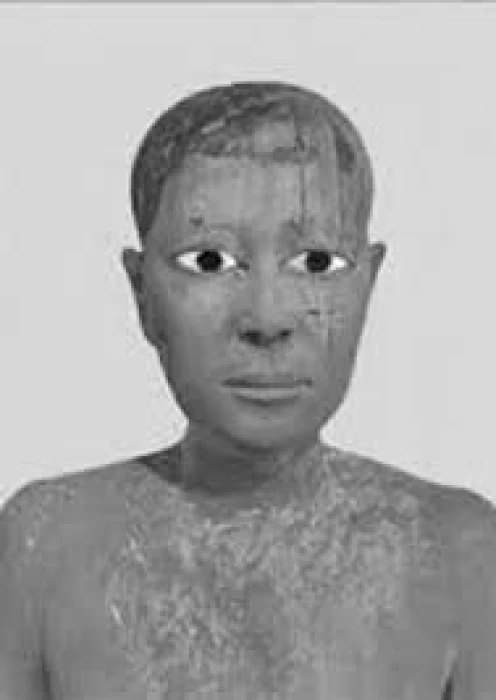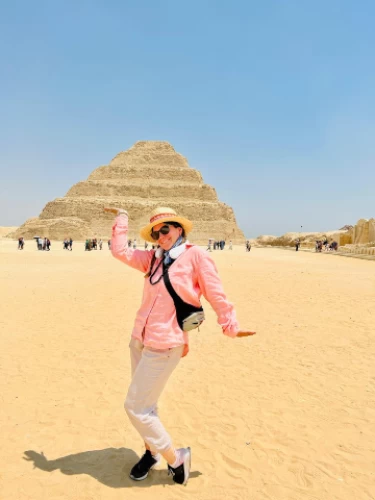
The Pyramid of Unas: The End of the Old Kingdom
The Step Pyramid of Djoser, built in Saqqara about 4,700 years ago, is considered the first pyramid ever built by the Egyptians. Egypt Travel Packages often include this incredible site for those looking to explore ancient Egyptian history. The ancient Egyptian pharaoh who gave the pyramid its name was Pharaoh Djoser, whose name was sometimes spelled Djoser, although he was called “Netgericht.” He ruled during the third Egyptian dynasty of the era of the pharaohs, and scholars attribute the layout of the pyramid to the famous Pharaonic architect Imhotep.
According to Egyptologist Mark Lehner in his book “The Complete Pyramids: Solving Ancient Mysteries,” Djoser was the name given to this king more than a thousand years after his reign. Egypt Shore Excursions often highlight this landmark due to its historical significance. The pyramid began as a mastaba tomb, a flat structure with sloping sides, and through a series of expansions evolved into a 197-foot (60-meter) pyramid, with six tiers, each built on top of another. Egypt Day Tours typically feature a visit to this iconic structure as part of a broader tour of Saqqara.
The pyramid was built using 11.6 million cubic feet (330,400 cubic meters) of stone and clay, and the tunnels beneath the pyramid form a labyrinth about 3.5 miles (5.5 kilometers) long. He adds that Djoser's stepped pyramid made it nearly impossible for a thief to access the burial chamber by digging from above, and that protection from grave robbers may have been a reason why the ancient Egyptians built the stepped pyramid.















